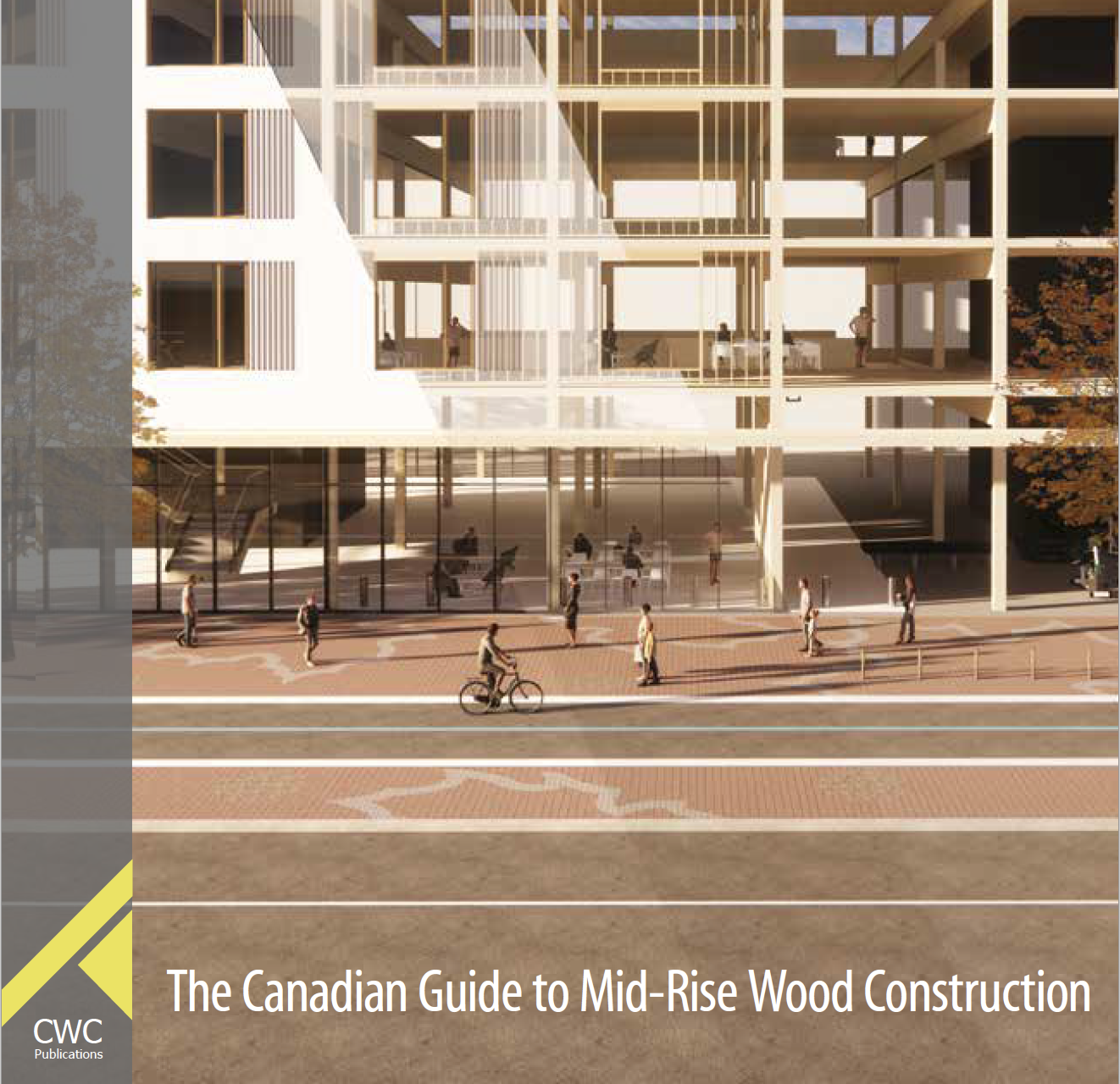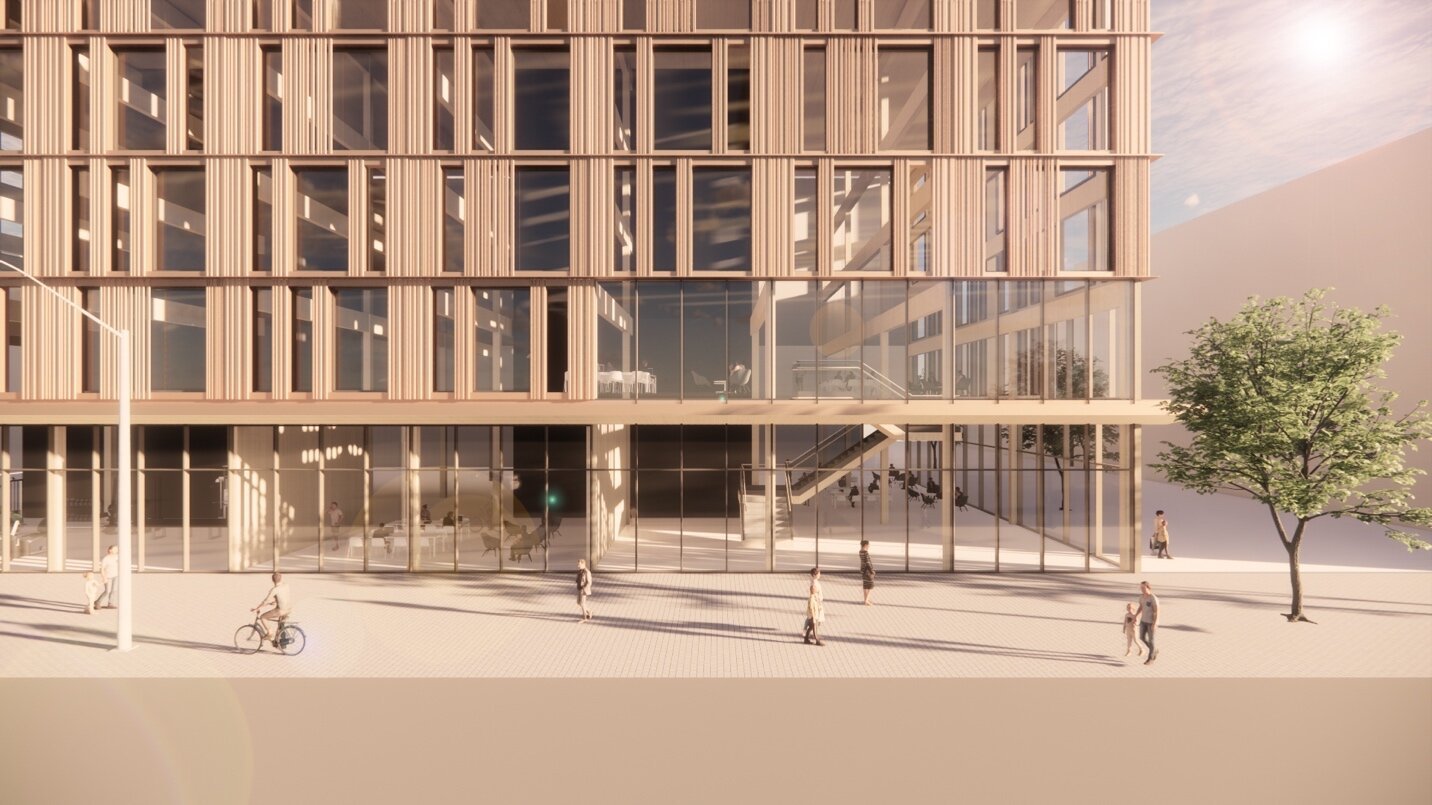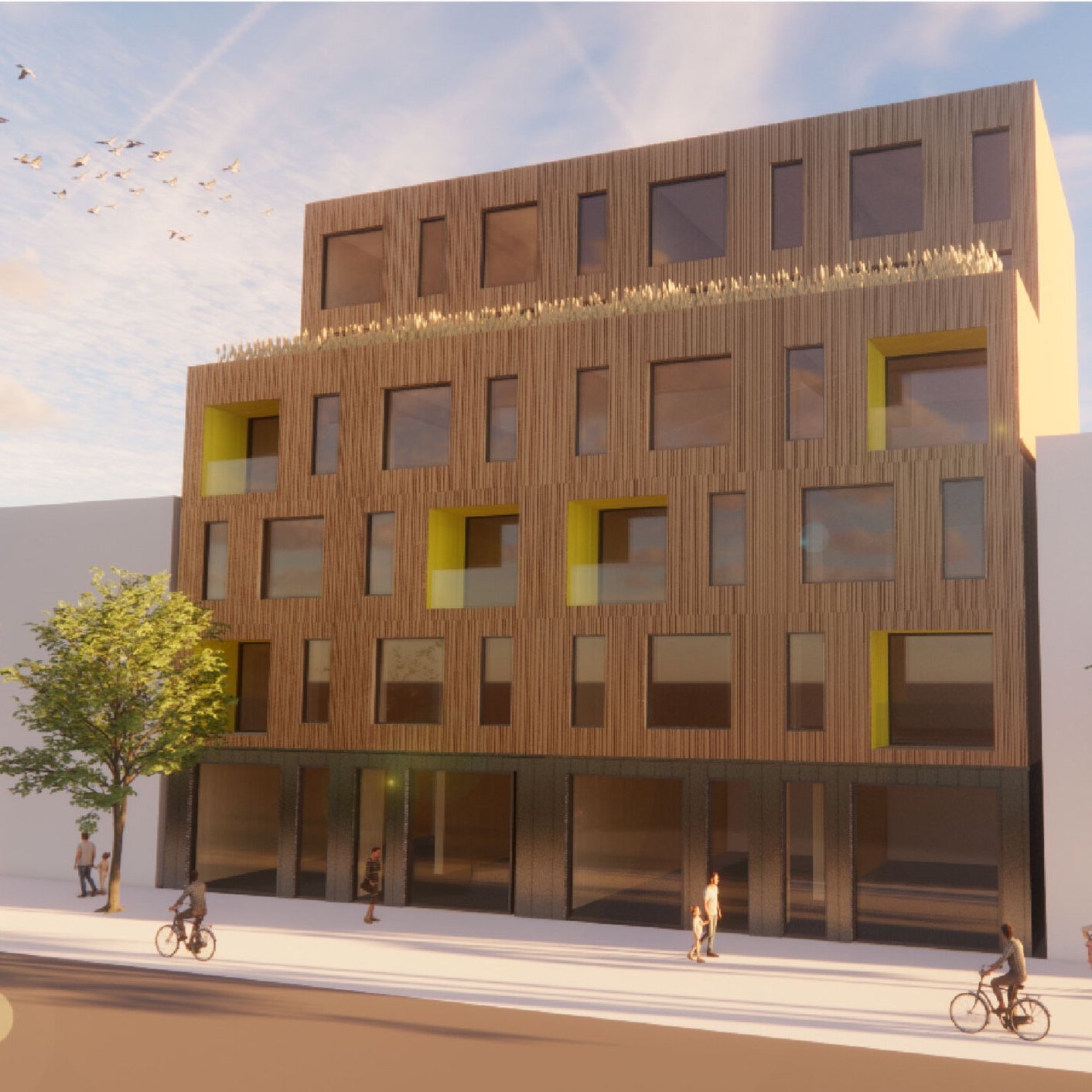Rising with Wood: Revolutionizing Sustainable Midrise Construction
In the contemporary construction landscape, the significance of wood extends far beyond its historical roots. Studio VMA Inc's collaboration on the Canadian Guide to Midrise Wood Construction, alongside Ontario Wood Works and Canadian Wood Council, underscores wood's comprehensive impact—social, economic, environmental, and cultural. This strategic alliance highlights wood as a cornerstone in advancing affordable housing, stimulating job creation, and bolstering efforts towards climate stability.
Economic and Environmental Synergies
The construction sector stands as a formidable contributor to greenhouse gas emissions, with approximately 40% of these emissions traceable back to this industry alone. A more alarming insight reveals that embodied carbon—carbon embedded in materials throughout the construction process—constitutes a significant portion of the sector's carbon footprint. This realization brings to the forefront the urgent need for materials and methods that mitigate these impacts. Wood emerges as a hero in this narrative, offering a pathway to substantially lower embodied carbon levels due to its natural carbon sequestration abilities and lower carbon emissions during manufacturing compared to conventional building materials.
The Technological Edge of Wood
The guide elaborates on the technological advancements in wood construction, particularly through prefabrication and industrialized processes. These innovations not only minimize waste and energy consumption but also promise reductions in on-site construction durations. The advent of mass timber and lightweight wood-framing systems heralds a new era in construction, enabling faster, more efficient building processes while simultaneously addressing the crucial aspects of design optimization, supply chain management, and constructability.
Social and Cultural Dimensions
Wood's influence extends into the social realm, where it plays a pivotal role in supporting rural communities through job creation and economic development, thereby tackling issues like depopulation and unemployment. Culturally, wood-infused architecture fosters a connection with nature, enhancing the well-being and quality of life for its inhabitants. This biophilic aspect of wood architecture not only enriches the living experience but also aligns with the growing trend towards more sustainable and health-focused building practices.
Strategic Implications for Urban Development
The collaboration also casts light on the strategic advantages of wood in urban development, especially in the context of Canada's evolving demographic landscape. With urban densification emerging as a key strategy to accommodate population growth, wood construction offers scalable solutions—from midrise buildings to the adaptive reuse of existing structures. The lightweight and prefabricated nature of wood components can circumvent the need for extensive structural reinforcements, thus facilitating the addition of storeys to existing buildings and promoting urban density.
Towards a Sustainable Future
Studio VMA Inc's involvement in crafting the Canadian Guide to Midrise Wood Construction is a testament to the transformative potential of wood in shaping the future of construction. It not only propels the industry towards sustainability but also fosters economic growth, supports social development, and enhances cultural connections. As we pivot towards more sustainable materials and construction methods, the integration of wood into urban planning and architecture emerges as a pivotal strategy in realizing the vision of greener, more livable cities.
Contact us to explore mid-rise wood construction together.
Curious to learn more about how Studio VMA supports these developments and innovates? Contact us today!




